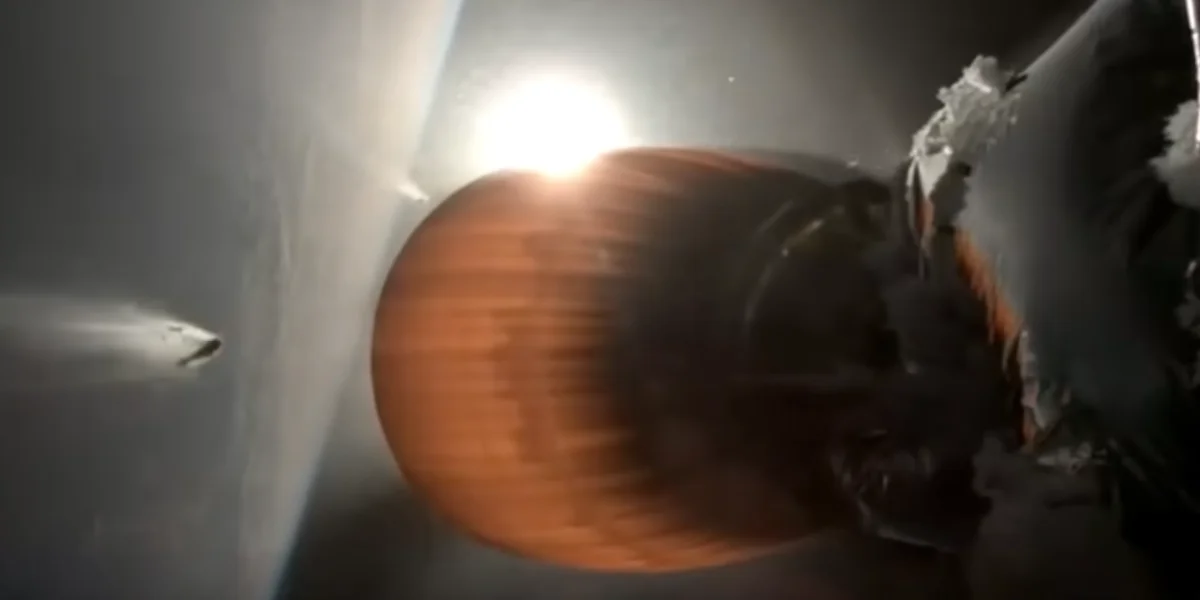SpaceX Falcon 9 has a rare problem in space while deploying Starlink

A unusual and concerning incident occurred Thursday night when SpaceX's reliable Falcon 9 rocket—which powers both satellite launches and astronaut missions to orbit—was attempting to put a number of internet satellites into orbit. The rocket, which has grown to be a mainstay of the US and international launch industries over the past ten years, has been grounded by federal officials as a result of the incident.
Later, SpaceX CEO Elon Musk stated on his platform X that a "RUD" (rapid unscheduled disassembly, industry jargon for a catastrophic explosion) occurred as a result of the second stage's Merlin Vacuum engine failing to restart for the second and final time. Although the 20 Starlink satellites were launched, they were placed in the incorrect orbit, and it's not known if the satellites' onboard propulsion will enable them to travel fast enough to avoid the attraction of Earth's atmosphere.
“Upper stage restart to raise perigee resulted in an engine RUD for reasons currently unknown,” he said. “Team is reviewing data tonight to understand root cause. Starlink satellites were deployed, but the perigee may be too low for them to raise orbit.”
At 7:35 p.m. PST, the Starlink 9-3 mission launched from Vandenberg Space Force Base in California. The launch's webcast revealed typical ice build-up on the engine's top, with big clumps dropping down into the exhaust plume of the engine, just minutes after liftoff. This can indicate a liquid oxygen leak. Liquid oxygen and kerosene make up engine propellant. The failure's precise reason is still a mystery.
SpaceX's amazing run of 335 faultless launches of its Falcon family of rockets, which also includes the more potent Falcon Heavy, comes to an end with this mishap. 2023 will have 96 successful launches, and 2024 will see 69 successful launches. The rocket last had a significant mishap during pre-launch testing in 2016, when it burst on the pad. The last in-flight mishap was in 2015, almost ten years ago, when the upper stage of the Falcon 9 broke apart shortly after takeoff.
Later, SpaceX reported that it had communicated with five of the twenty satellites and was instructing them to use the ion engines on board to increase their orbits. Musk continued on X, "Engineers are updating the satellite's software to run the thrusters at their equivalent of warp 9." "This won't work like a Star Trek episode, but it's worth a try."
SpaceX verified that the frosty build-up seen during the webcast was caused by a liquid oxygen leak that occurred on the second stage. The 20 Starlink satellites, which were placed in an orbit only 135 kilometers above Earth, will burn up upon reentering the atmosphere, according to the company's additional statement.

